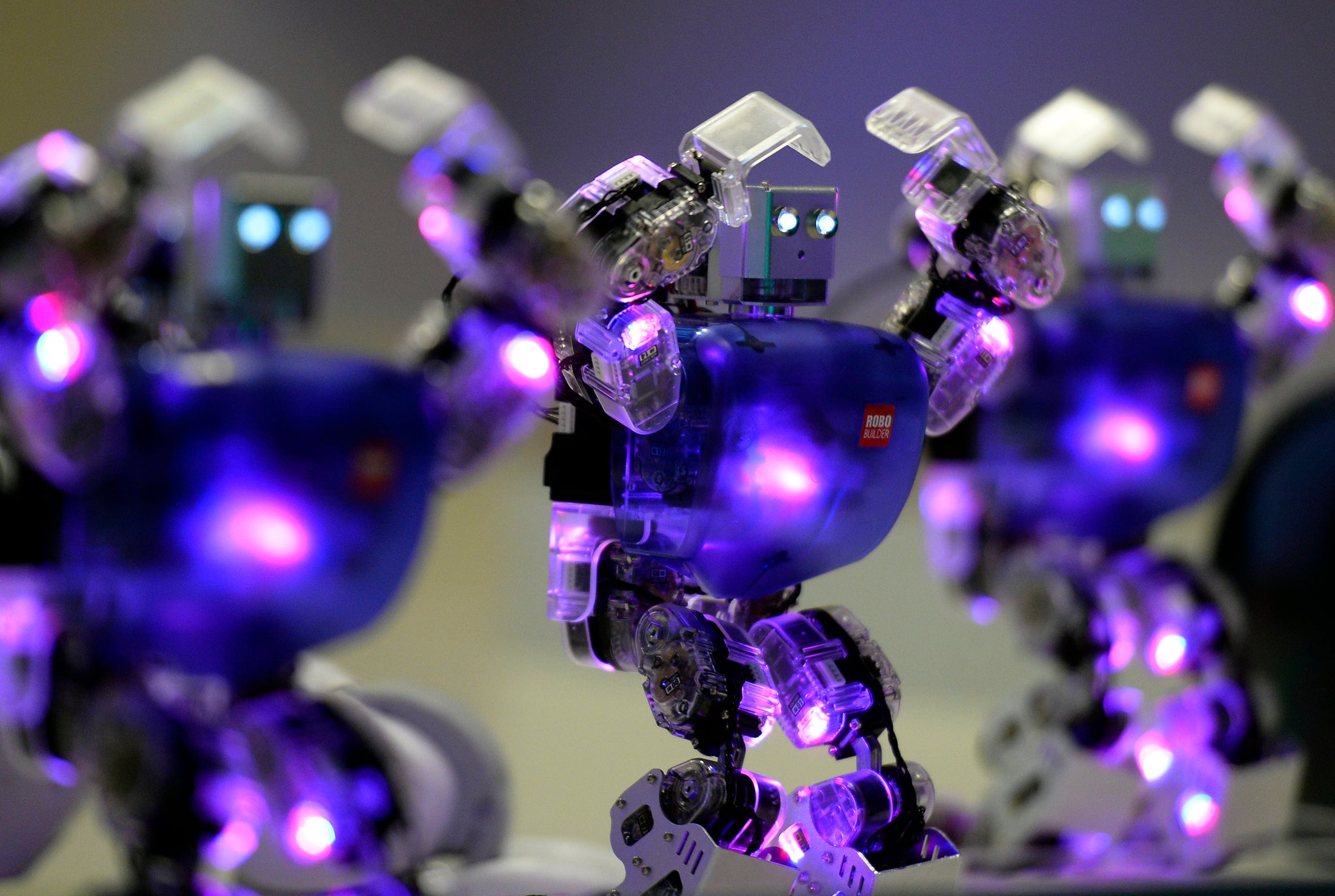Nearly two thirds of global web activity is thanks to bots, say study
Increasing levels of non-human activity reflects a rise in automated web services that collect data for us - as well as an influx of more sophisticated hackers

It’s perhaps no surprise that amongst the roughly two and a half billion internet users there are a few robots online as well, but a new study suggests that the bots may actually account for nearly two thirds of all web traffic.
Security analysts Incapsula observed more than 1.45 billion bot visits over a 90 day period across all of the world’s 249 countries, and used this network data to deduce that 61.5 per cent of online page views and hits are generated by bots.
This figure represents a 21 per cent rise in bot traffic compared to 2012, where 51 per cent of online activity was robot-created. Fortunately, the bulk of this growth (an increase of 20 per cent to 31 per cent) has come from visits by ‘good bots’, described by Incapsula as “certified agents of legitimate software, such as search engines”.
There has also been a drop in activity by spam bots, the automated programs that post links to scams or malware-infected links (there might even be a couple of these lurking in the comments below).
These bots only make up 0.5 per cent of internet traffic, a 75 per cent drop from 2012 which is largely thanks to new anti-spam measures spearheaded by Google.
However, 31 per cent of bots are still classed as ‘malicious’. Scraper bots (these comb the web for exploitable information, anything from emails to news content) make up 5 per cent of web traffic whilst general purpose hacking tools (the sort of bots that might be employed by a criminal to steal your credit card data) make up 4.5 per cent.
Worryingly though, the fastest rising category of malicious bots (up 8 per cent on 2012) were those designated “Other Impersonators” – a grab-bag of ill-intentioned bots that represent “a higher tier in the bot hierarchy”:
“These can be automated spy bots, human-like DDoS agents or a Trojan-activated barebones browser,” says Incapsula. “One way or another, these are also the tools of top-tier hackers who are proficient enough to create their own malware.”
In other words, bot traffic, both good and bad, is showing signs of increasing sophistication: helpful online services are sending out more workers to make the internet a smoother experience for the web-going masses, but hackers are accordingly upping their game as well.
Join our commenting forum
Join thought-provoking conversations, follow other Independent readers and see their replies
0Comments